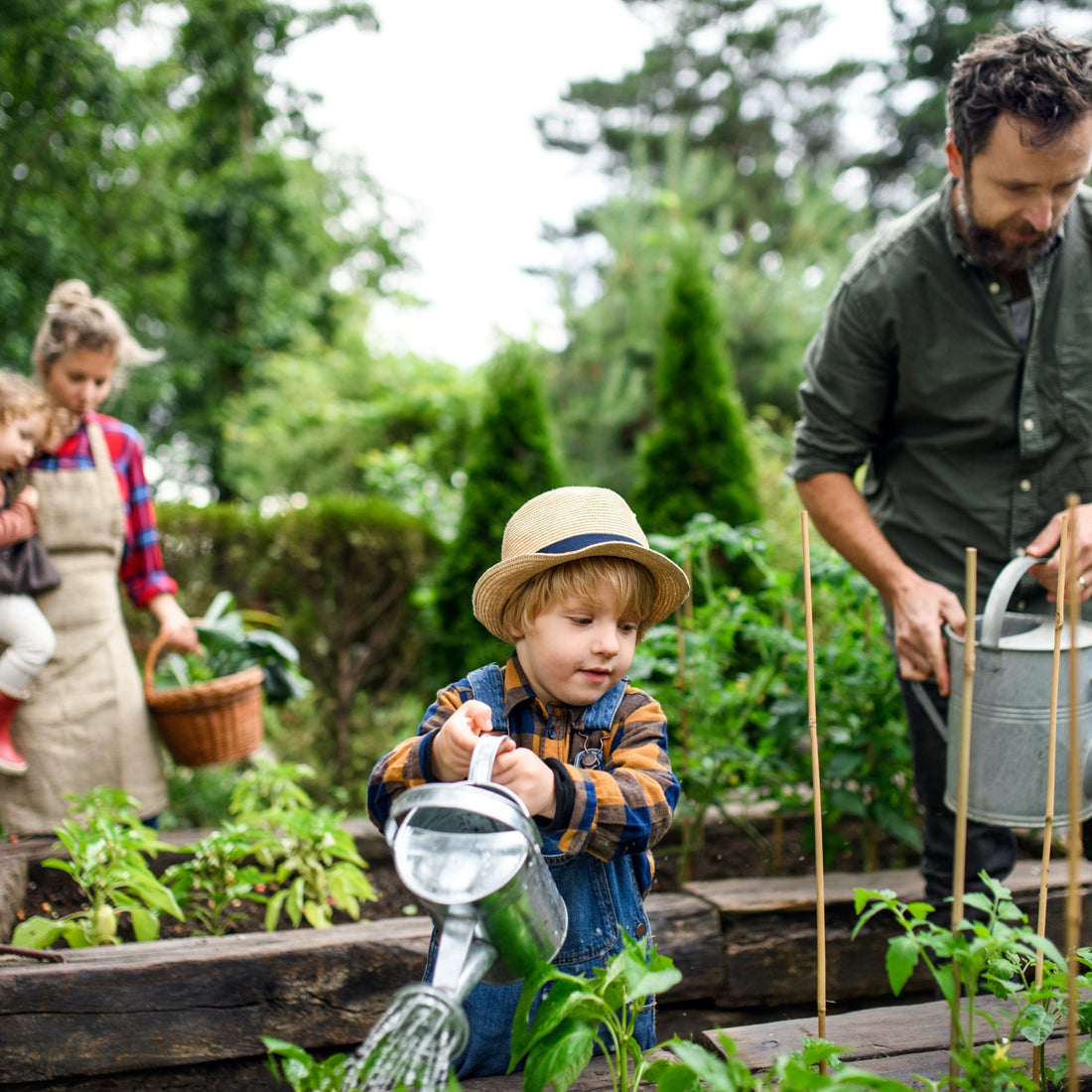
Sustainable Living in Urban Environments
Share
Navigating the challenges and finding solutions to foster a sustainable way of life can be difficult for urban and city residents. The problem seems vast; however, with some top tips, you can quickly transform your everyday life to become more sustainable and even a driving force behind change in your local area. Biotuff explores the importance of sustainable living and how we can all make a difference to protect the world of tomorrow.
Sustainable living? For many of us city slickers, this can be a confusing concept. With life getting busier and busier, it’s no wonder many urban dwellers are unsure what step to take next. As eco-friendly consumers switch to more sustainable products, reusable options and are avid recyclers, what other steps can be taken to encourage sustainability within our local communities?
Challenges of Sustainable Living in Urban Environments
Unlike country dwellers, sustainability in an urban setting can be challenging. With limited access to green spaces and land, becoming self-sufficient can take time and effort. There is no doubt that compact, dense living in many cities and urban areas does not scream sustainable. However, with some consideration and planning, you can kick-start your local community’s sustainability. Many shared vegetable gardens are starting to appear in the least likely places around many cities. Getting involved and contacting your local council to push for more areas such as these can help the drive towards local communities coming together in the name of sustainability.
Other challenges that urban and city settings face include:
-
Air pollution – it’s unsurprising that many cities have ample air pollution problems. With such a high concentration of vehicles, air pollution can pose a massive problem in many cities.
The solution? Better public transport options and switching to more environmentally friendly transport. Consider carpooling at your office, taking the bus or train, or hopping on the bike. Also, encourage your local council with tree planting options and invest in more green spaces filled with trees.
-
Traffic and transport – peak hour madness is only getting worse in many cities around the globe. This not only wastes energy and time but also contributes to air pollution.
The solution? Support better transport options such as bike lanes and bus lanes. Push for better infrastructure to take the cars off the roads and allow for less congestion.
-
Lack of affordable and sustainable housing options - This can be a big problem in many cities and urban settings, mainly as many older buildings are not set up for sustainability.
The solution? Lobby your landlord/building strata for better options regarding recycling and food/organic waste collections. Consider lobbying for green space in your apartment building for a shared garden space. Being proactive in this space can help you live more sustainably and encourage your neighbours on their sustainable journey.
-
Waste Problems – another issue facing the eco-conscious individual living in an urban setting can be waste. Urban and city settings produce a considerable amount of unnecessary waste.
The solution? Get savvy with your waste! Introduce a compost bin at your workplace for food scraps and educate people on the importance of reducing food waste and composting. Reuse as much as possible and encourage others in your local community to do the same. There are so many beautiful ventures occurring that you can tap into, from swap meets for clothes, upcycling products, buying second-hand refurbished items and many more. This not only creates strong community bonds but also reduces waste drastically.
How To Create More Green Spaces & Urban Farming
Introducing green spaces and urban farming initiatives in any city can be complex. However, the hard work will undoubtedly pay off for yourself and your entire community. With community engagement, Government support, and sustainable urban planning, you can create an excellent hub for sustainability, education, and lush green areas. Here are some steps to get green spaces and urban farming projects off the ground in your local area;
-
Community Engagement: Start raising awareness about the significant benefits of green spaces and urban farming within your local community. Join local social media pages and spread the news. You’ll be surprised how many others will join in your campaign for sustainability on a local platform. Contact local businesses and organisations and gather support from all angles. Consider who would benefit most from more green spaces and urban farms in your local environment. From local restaurants that could benefit from fresh homegrown herbs to clubs that would love to meet in a lush green space. The options are endless.
-
Get Lobbying: Research and contact local environmental and community organisations to advocate for policies that support urban green spaces and agriculture. Meet with your local government representative, find out what initiatives are happening, and speak about the importance of green spaces and urban farming.
-
Clever Collaboration: Collaborate with local non-profit and environmental organisations in your local area. Speak with experts in community gardens and gather as much information as possible about how they operate and how they created their spaces. Also, consider partnering with schools – many now have vegetable gardens within their educational areas – and consider universities, environmental groups and educational platforms.
-
Identify Suitable Areas: What land can be transformed into green spaces or urban farms? Doing your research for vacant lots or underutilised spaces is essential. Don’t forget to think outside the box! It’s common to hear of rooftops being transformed into growing spaces. Speak to local authorities, building developers, and property owners.
- Seek Sustainable Funding: Seek grants for your project. This can include corporate sponsorship, Government grants and community crowdfunding projects. Then, consider how you will fund to continue the upkeep of your project – possibly selling produce. Volunteers? Or plot rentals.
What Are Some Common Community Green Initiatives?
Some impressive community green initiatives are happening in many urban and city centres. Once you scratch the surface, you might be surprised to learn that a neighbouring building has a rooftop community garden or that there is one nestled down a distant lane. Starting a community garden is a great way to bring people together for the good of sustainability and allow residents to grow their food and flowers. Also, consider starting up urban farming workshops and educating locals on how to produce their food, with top tips around compost and organic waste management.
Other initiatives include:
- Rooftop gardens – cities have no end of rooftop space, which can be transformed into truly spectacular spaces to grow produce.
- Vertical Gardens – limited on space? Consider vertical gardens.
- Food Forests – lobby to plant more fruit trees in parks that people can help themselves to.
With a little initiative and drive, you can help transform your urban or city life into a beautiful, sustainable journey. From getting involved and researching what is happening around your living environment to lobbying to create more urban farms and green spaces, you can push for real change that will make a massive difference in your local community and future generations.

We will only handle press inquiries. If you have questions regarding an order please contact our customer care. media@biotuff.com.au
In the spirit of reconciliation, Biotuff Australia acknowledges the Traditional Custodians of the country throughout Australia and their connections to land, sea and community.
We pay our respects to their elders past, present and emerging, and extend that respect to all Aboriginal and Torres Strait Islander peoples today and everyday.
